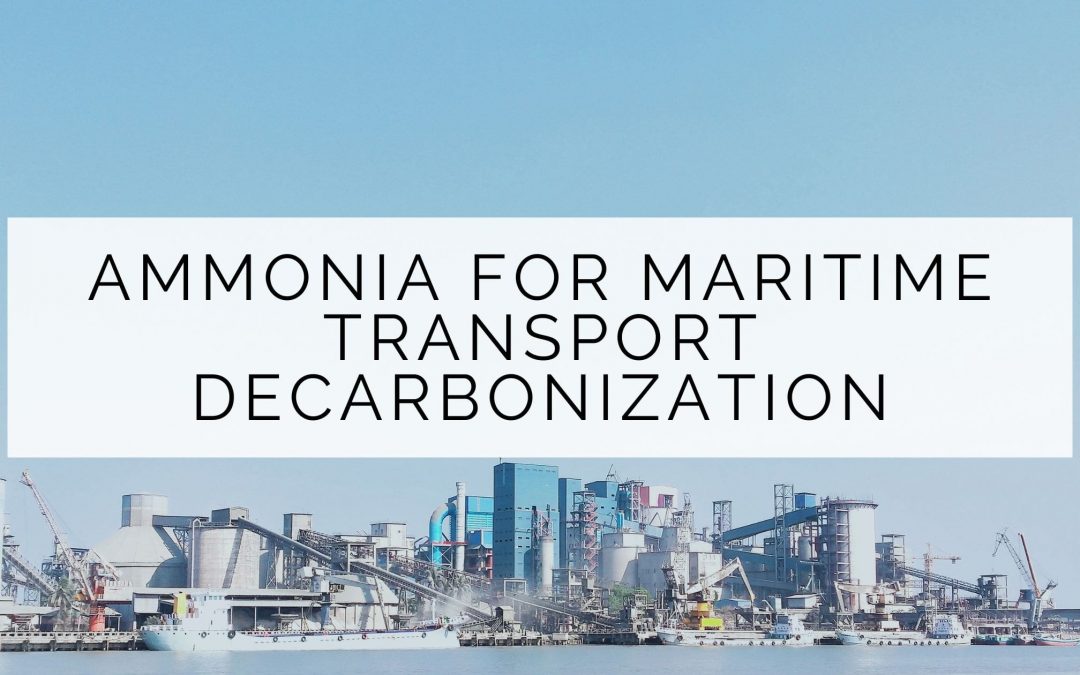Maritime transport is responsible for 2.5% of global greenhouse gas emissions. According to a study conducted by the International Maritime Organization (IMO), these emissions could increase by 50% to 250% by 2050.
Alternatives in maritime transport
Fuels and energy sources such as biofuels, hydrogen or ammonia are possible alternatives to decarbonize the shipping sector and reduce emissions. Ammonia, in addition to its use as a fuel, can be used for agricultural, industrial or energy storage purposes.
Furthermore, the ammonia supply chain is already well established due to its use for a wide variety of industrial chemicals. Therefore, loading and unloading is carried out safely and securely following proper procedures by specialized personnel.
For its application in the maritime sector, as it is a toxic and corrosive substance, gas detection systems and other protocols will have to be added, as in the global ammonia industry. However, it is less flammable than other fuels such as liquid hydrogen or liquefied natural gas, with a lower risk of fires and burns.
Currently, the process for IMO to list ammonia as a bunker fuel is underway. So we will see how the maritime sector transforms in the coming years. What is clear is that the transition to a cleaner industry must be made in order to survive climate change.


Recent Comments